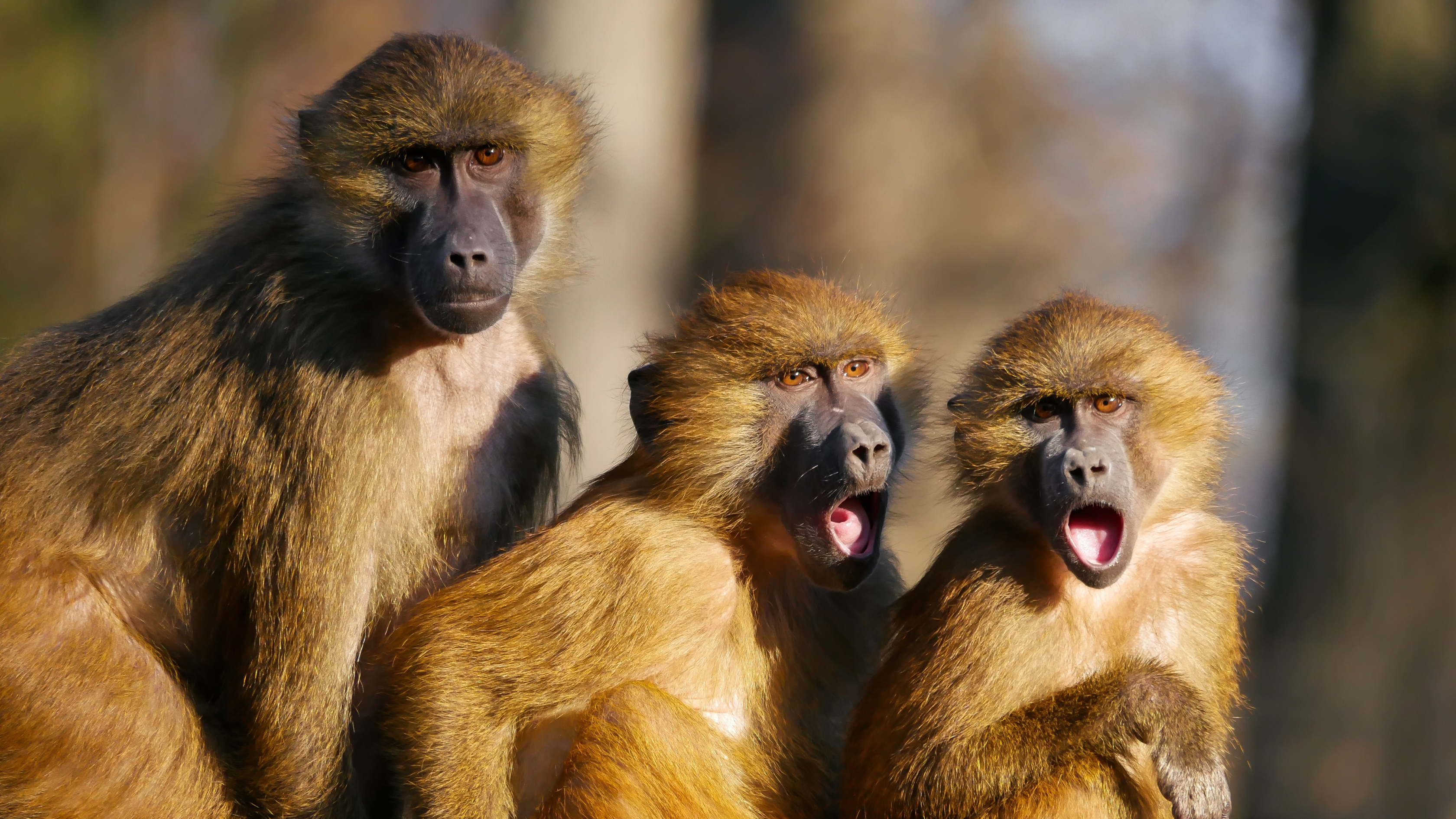Imagine a world where we unlock the secrets of whales singing in the deep, monkeys chattering from emerald balconies, or bees buzzing with warnings of bad weather. We may be on the cusp of a world where we can talk to animals.
Digital bioacoustics is turning this fantasy into reality. For universities seeking to nurture cutting-edge fields, it is an opportunity to engage students who seek intellectual challenge and a profound new understanding of our environment, one sound wave at a time.
Let’s go down the proverbial rabbit hole and explore this emerging field. This article will focus on animal bioacoustics. However, I encourage you to read about our research for last year’s Emerging Programs Webinar, Smart Plants Offer a Garden Variety of Academic Program Opportunities.
A Chorus of Innovation and Collaboration
Digital bioacoustics is more than just recording animal sounds. It’s a symphony of advancements. Affordable devices, data-hungry computers, and powerful algorithms are revolutionizing sound capture, analysis, and interpretation of animal “speech.”
This field is intrinsically interdisciplinary; it must draw on biology, ecology, computer science, and acoustics experts. It compels biologists to think like programmers, engineers to understand animal behavior, and computer scientists to be fluent in the language of nature. This cross-pollination of knowledge leads to a richer, more holistic understanding of the world.
Beyond captivating research, digital bioacoustics offers practical applications in environmental guardianship, conservation, and, most interestingly, dialogue among species.
Imagine biologists teaming up with computer scientists to design algorithms that decode bat chirps, ecologists collaborating with acoustic engineers to create underwater microphones that capture the songs of whale calves, and conservationists working with data scientists to track endangered species through their unique vocalizations. These unlikely partnerships could fuel groundbreaking discoveries and offer unique job opportunities for students.
Some recent examples in the field include:
- Elephant Listening Project: This project uses sound recorders to monitor elephant communication and detect poachers. By collaborating with computer scientists, researchers developed algorithms that automatically identify gunshots and elephant calls, allowing rangers to intervene more quickly and effectively.
- Coral Reef Soundscapes: Researchers are analyzing the underwater “conversations” of coral reefs to detect changes in their health. Combining bioacoustics with machine learning can identify early signs of stress and bleaching, allowing scientists to intervene before it’s too late.
- Future Vision: Imagine a world where we can decipher animal languages and communicate back. Using bioacoustics and AI, we might one day be able to warn bees about pesticide spraying, guide migratory birds to safe routes, or even understand the needs of endangered animals better than ever before. Research paper: “Towards a Unified Framework for Decoding and Synthesizing Animal Vocalizations” by Stoeger et al.
Cultivating the Chorus: Educational Program Opportunities in Bioacoustics
Higher education has an opportunity to play a pivotal role in the symphony of bioacoustics. Here’s how we can nurture the next generation of bioacoustics leaders.
- Interdisciplinary Ensembles:
Curricula that blend core courses in biology and ecology with coding bootcamps, acoustic engineering workshops, and data analysis modules could equip graduates with the versatility to navigate the complex terrain of bioacoustics research, application, and conservation.
- Harmonic Specializations:
Bioacoustics specializations can enhance and expand existing environmental science, marine biology, or even acoustic engineering programs. Integrating electives on animal communication, bioacoustic data analysis, and soundscape ecology or field courses focusing on recording animal sounds in diverse environments could create specializations that attract students while enriching the broader academic landscape.
- Doctoral Crescendos:
Research-focused doctoral programs are essential for those seeking to push the boundaries of understanding animal communication and its applications. Research hubs equipped with cutting-edge technology and curricula specializing in diverse areas such as AI-powered sound analysis, bioacoustic sensors, and interspecies communication research could attract and nurture passionate doctoral students eager to unravel the natural world’s mysteries through sound.
- Certification Symphonies:
The success of bioacoustics research and conservation efforts often hinges on skilled technicians and data analysts. There could be opportunities for technical certifications, or specialized training programs focused on bioacoustic data collection, analysis, and visualization. These programs could equip students with the practical skills to support research teams, analyze massive datasets, and translate complex soundscapes into actionable insights.
Listening to the Future
Digital bioacoustics is a fascinating program niche that may drive interest among students from multiple fields of interest who want to help understand and protect our planet. Universities that embrace this field would educate tomorrow’s leaders and contribute to a future where we converse with the natural world, unlocking its secrets and ensuring its harmony.
Our 5th Annual 5 Emerging Programs Webinar has concluded, but the learning continues!
Did you miss the live event? Don’t worry! You can still access valuable resources, including the webinar recording and presentation materials. Click here to request a copy of the webinar resources.




